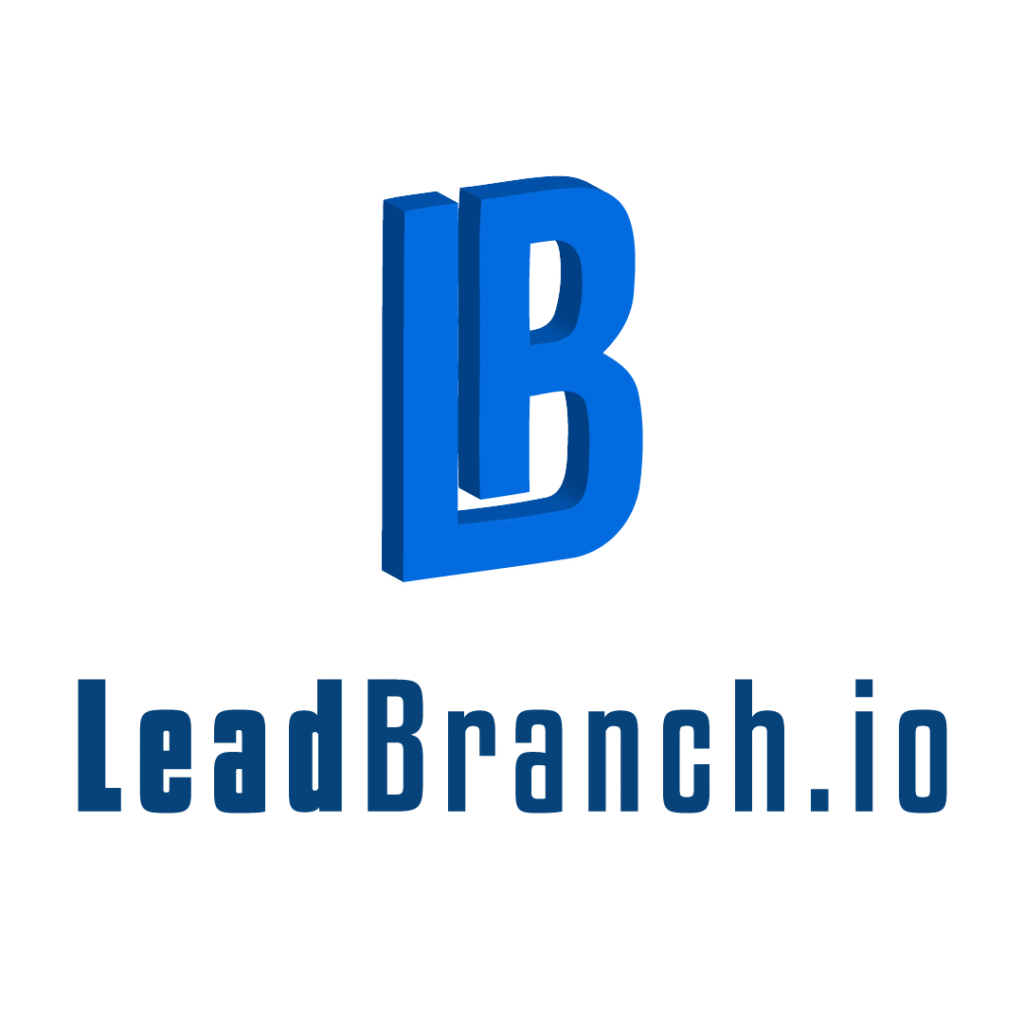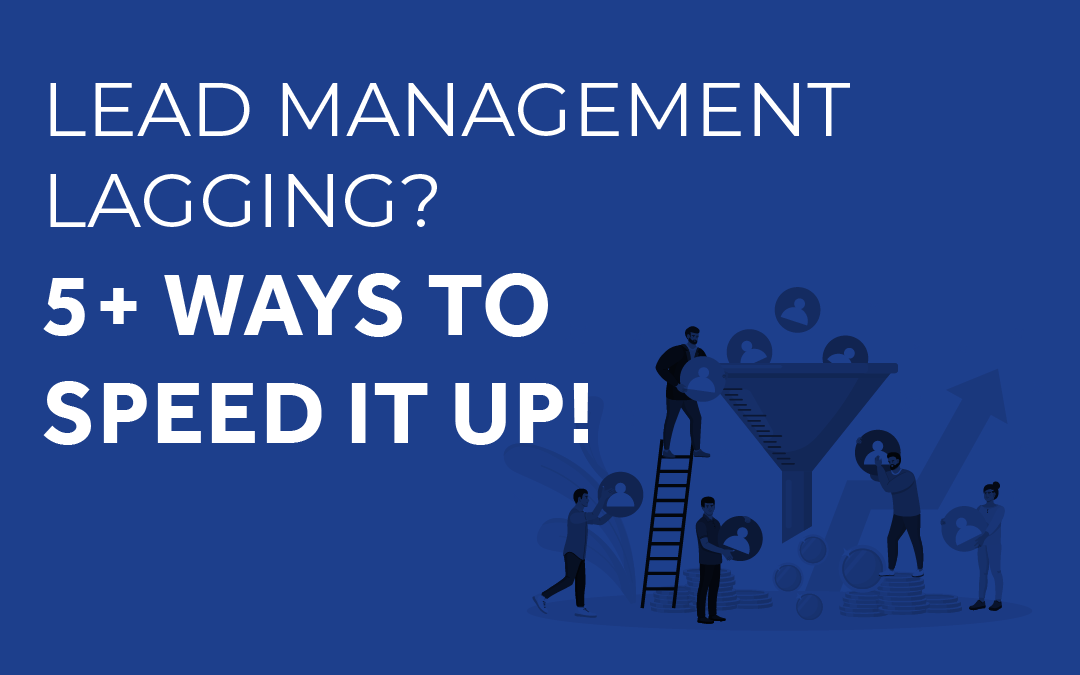Let’s be real for a second. Your desk, or your desktop, is probably littered with leads. You have sticky notes with phone numbers, spreadsheets with names, and a CRM that feels more like a digital graveyard than a sales pipeline. This chaotic approach to lead management isn’t just stressful; it’s costing you money!
You spend a small fortune on lead generation, but then the potential customers just sit there. You tell yourself you’ll get to them, but another day passes, and they grow colder. Effective lead management feels like it should be simple, but the reality is often a jumbled mess.

You’re not alone in this struggle. Many businesses face the same challenge of turning a pile of names into actual conversations and, eventually, customers. The problem isn’t the leads themselves; it’s the lack of a system to properly manage leads and track lead activities.
Table Of Contents:
- Your Old System is a Leaky Bucket
- The Secret is in the Filter
- Speak Their Language, On Their Time
- Cleaning House and Focusing Your Energy
- From Cold to Warm to Closed
- Conclusion
Your Old System is a Leaky Bucket
You know that feeling, right? You open your computer, stare at a list of a thousand names, and have no idea where to start. It feels overwhelming. You end up calling the first ten names on the list, get a few voicemails, and call it a day.
This ‘spray and pray’ method is a lot like trying to carry water in a bucket full of holes. You’re putting in the effort, but most of your valuable sales lead prospects are slipping through the cracks. They get lost, forgotten, or contacted so late they’ve already moved on to a competitor, hurting your conversion rate.
Research highlights that your odds of making initial contact with a lead decrease significantly within the first hour. After that, they plummet even more. That spreadsheet you’ve been meaning to update is actively working against you and your sales team.
Why Spreadsheets Fail Your Business

Spreadsheets were useful when they first came out, but they were never built for a complex sales cycle. They can’t perform lead tracking, schedule follow-ups, or implement lead scoring based on behavior. They’re just static lists of data that offer no insight into your management process.
Trying to manage hundreds or thousands of prospective customers this way is nearly impossible. Who did you call last week? Which quality leads are hot right now? A spreadsheet can’t tell you that without a lot of manual work that will waste time.
That’s where a real database solution and proper management tools come in. A dedicated CRM tool is built to do the heavy lifting for you. It turns that chaotic pile of data into an organized, actionable sales funnel that your sales reps can use effectively.
The Secret is in the Filter
Imagine being able to talk to exactly the right person at exactly the right time. Not just someone who lives in a certain zip code, but someone who fits a very specific profile. This is the power of smart filtering, and it’s a huge part of modern and effective lead management.
Instead of guessing who to call next, you can build lists based on detailed demographic information. Are you looking for married homeowners between the ages of 35 and 45 with a good credit score? A good lead management software allows you to build that list in seconds.
This level of precision changes everything. Your conversations become more relevant because you already know a great deal about the person on the other end of the line. Building a relationship is much easier when your approach helps with the initial contact.
How a CRM Turns Data into Deals
This is where things get really interesting with a customer relationship management platform. It’s not just a list keeper; it’s a powerful database that lets you slice and dice your data any way you want. You can filter by age, gender, marital status, nationality, homeownership, and even credit standing.
A good management CRM goes deeper than that, acting as a central hub for SMS and email marketing communications. You can see who is clicking on your texts or opening emails, track lead activities, and append new data to their profiles automatically. This systematic approach is critical, especially for a business with a longer sales cycle.
This gives you a complete picture of each potential customer. It also helps you clean your data by removing outdated or incorrect information. A clean database means you and your sales rep waste less time on bad numbers and dead ends, and you stay compliant with data privacy laws by managing first-party data correctly.
Speak Their Language, On Their Time
Have you ever gotten a sales text at 11 PM? Or a call at 7 in the morning? It’s an instant turnoff. Bad timing can kill a deal before it even starts, especially for leads early in their journey.
In a national or global market, time zones are a massive hurdle. Calling someone on the West Coast with your East Coast schedule is a recipe for annoying your prospects. Proper relationship management means respecting people’s time.
A quality CRM was built to fix this exact problem. It can automate time zone text messaging and email sequences, so your messages always land at the right local time. It’s a small detail that makes a huge difference in how your brand is perceived.
Qualify Leads Without Lifting a Finger

Not every lead is ready to buy right now. Some need more information through lead nurturing, while others are just kicking the tires. A good system helps your sales teams figure out who is who through an effective lead qualification process.
The right management software helps you automatically qualify leads (which, of course, would be us here at LeadBranch!). You can set up responder messaging that engages new leads instantly. Based on their replies, the system can perform lead distribution to the right person or place them into a long-term follow-up plan with marketing automation.
This automated process makes sure every sales lead gets the attention it deserves. Hot leads are handled immediately, while cooler leads are nurtured over time. Nothing gets missed, which ultimately boosts lead conversion.
Let’s say you are looking for a smarter way to manage your pipeline. With powerful software, you can filter through thousands of contacts to find the perfect customers for your product. Imagine targeting people not just by location, but by specific life events and financial standing to make every call count. A free trial can show you how a better lead management process transforms your sales.
Cleaning House and Focusing Your Energy
One of the biggest productivity drains is chasing leads that will never convert. We all do it. We get attached to a name on a list and keep calling, even when all the signs say to stop.
A core part of good lead management is knowing when to let go. According to sales statistics from HubSpot, around 50% of your initial prospects are not a good fit for what you sell. You need a system to weed out the bad fits so you can focus on the good ones.
Using lead management tools that help you tag and remove unqualified leads is essential. Think of it as spring cleaning for your sales pipeline. A cleaner database is a more effective database, saving time and resources for your marketing team and sales reps.
From Cold to Warm to Closed
Leads aren’t static. They move through different stages of interest. Someone who isn’t interested today might be your biggest customer six months from now.
The trick is to categorize them properly through lead scoring. Are they a hot lead who asked for a demo? Or a warm lead who downloaded a whitepaper from your social media page? Or a cold lead you haven’t spoken to in a year?
Once you segment your leads into these groups, you can treat them differently. This is where you develop criteria for your lead management strategies. Your approach should align sales and marketing efforts for the best results.
This structured follow-up keeps you top of mind without being annoying. You can use personalized emails and different email sequences for each segment. When a cold lead finally thaws out and is ready to buy, you’ll be the first person they think of, improving your conversion rates over the longer sales period.
| Lead Temperature | Characteristics | Management Strategy |
|---|---|---|
| Hot Lead | Has expressed explicit interest, requested a demo, or contacted sales directly. | Immediate follow-up from a sales rep. Direct phone call or personalized email within the hour. |
| Warm Lead | Has shown interest by downloading content, visiting pricing pages, or engaging with emails. | Enter into a lead nurturing campaign. Send a series of automated emails with valuable content to build the customer relationship. |
| Cold Lead | Has had little to no interaction recently or fits the ideal customer profile but hasn’t engaged yet. | Place in a long-term, low-touch nurturing sequence. Re-engage periodically with valuable insights or company updates to stay top-of-mind. |
Successfully qualifying leads requires the marketing team and sales team to work closely together. Both departments should agree on the definitions of each lead stage. This collaboration is foundational to an effective lead management process that ensures leads convert efficiently.

Conclusion
Tired of leads falling through the cracks? The disorganized, chaotic methods of the past just don’t work anymore. Your business deserves a streamlined process for lead management that actually turns contacts into contracts.
Moving from a messy spreadsheet to a smart, automated system is the single biggest change you can make to your sales process. When you use dedicated lead management software, you stop guessing and start selling with precision. Better filtering, smarter automation, and timely communication are the pillars of a successful strategy.
This systematic approach saves time, boosts your conversion rate, and empowers your sales reps to focus on what they do best: building relationships and closing deals. It’s time to stop letting potential customers slip away and start implementing a process that grows with your business. So, simply put…. YOU NEED TO CONTACT US AT LEADBRANCH. Like…. Yesterday.

